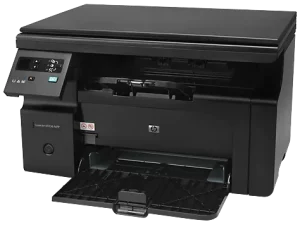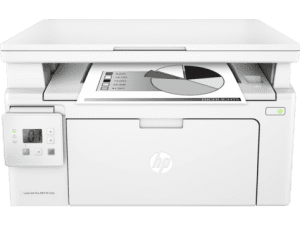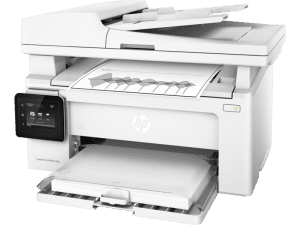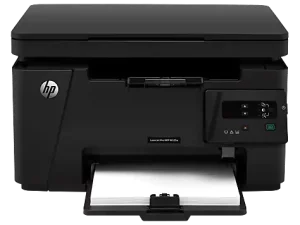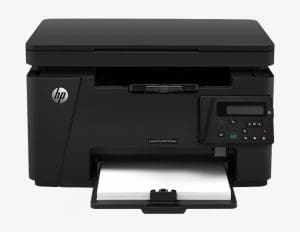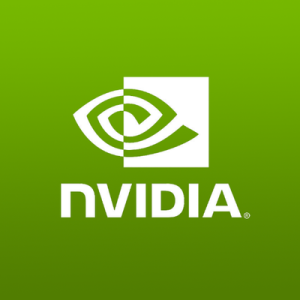
Nvidia Automatic Driver Update
Published:
September 28th, 2023
Updated:
September 28th, 2023
Developer:
Version:
3.27.0.112
Platform:
Nvidia Automatic Driver Update
Table of Contents
How to Use the Nvidia Automatic Driver Update?
If you’re a gamer, it’s important to keep your GPU (graphics processing unit) drivers up to date. Otherwise, games may not run smoothly or even work at all.
One of the best ways to do this is with Nvidia’s GeForce Experience program. This handy app can do a lot of things, including downloading the latest drivers for your video card.
How to Update Your NVIDIA Drivers?
NVIDIA provides a software utility called “NVIDIA GeForce Experience” that allows you to update your graphics drivers automatically. Here’s how you can use GeForce Experience to update your NVIDIA graphics drivers:
- Download and Install GeForce Experience:
- Install it by following the on-screen instructions.
- Open GeForce Experience:
- Launch GeForce Experience by clicking on its desktop shortcut or finding it in your Start menu.
- Sign In or Create an NVIDIA Account:
- If you have an NVIDIA account, sign in. If not, you can create one during the setup process.
- Check for Driver Updates:
- Once you’re logged in, GeForce Experience will automatically scan your system for NVIDIA hardware and installed drivers.
- If there’s a new driver available, it will display a notification or a banner at the top of the interface.
- Install the Driver Update:
- Click on the notification or navigate to the “Drivers” tab in GeForce Experience to view available driver updates.
- Click the “Download” or “Update” button to start downloading and installing the latest driver. Follow the on-screen instructions to complete the process.
- Customize Driver Updates (Optional):
- In GeForce Experience, you can customize driver update settings. For example, you can enable automatic updates, schedule update checks, or choose to perform manual updates.
- Optimize Game Settings (Optional):
- GeForce Experience also offers features for optimizing game settings based on your hardware. You can explore these options in the software.
- Additional Features (Optional):
- GeForce Experience may offer additional features such as capturing gameplay, streaming, and more. You can explore these options as well.
Remember that while automatic driver updates can be convenient, it’s a good practice to periodically check for updates manually, especially if you encounter graphics-related issues or are using specialized software or hardware that may have specific driver requirements.
Note:
Software and features can change over time, make sure to visit the official NVIDIA website or refer to the latest documentation for GeForce Experience for any updates or changes in the process.
Keeping your GPU drivers up to date is a key part of maintaining optimum performance on your PC. It is also crucial to prevent crashes, bugs, and other errors that can detract from your gaming experience. Fortunately, Nvidia offers a convenient and easy-to-use method for updating your drivers.
Nvidia GeForce Experience is a program that can automatically update your Nvidia drivers for you, and it’s available free of charge. Once you’ve installed the software, open it and select “Check for Drivers.” If an update is available, you can download it in a matter of minutes.
You can also use Nvidia’s website to download drivers directly, but you’ll need to know your graphics card make and model to get the right drivers. Once you’ve done that, navigate to the Nvidia website and select your GPU from the dropdown menus. Then choose the correct driver for your OS and click the “Download” button.
Once the drivers have downloaded, you can install them in Windows like you would any other driver package. However, we recommend performing a “Clean Installation” to ensure that your previous drivers and settings are wiped out before installing the new ones.
Downloading Drivers on Windows:
Nvidia maintains a website that can help you download and install the latest drivers for your graphics card. The site is easy to use, although you do have to make a few choices along the way. The first step is to select the option that matches your card type and series. You can also specify your operating system, which may help avoid incompatibility problems.
Once you’ve selected the driver package that matches your hardware, click the Download button. The program will start downloading the drivers, which may take a few minutes. If the process seems to be taking a long time, try closing any open programs or applications. You can always restart your computer and try the download again if the problem persists.
If the downloaded drivers seem to have caused an issue with your hardware, you can use the Lenovo System Update software to roll back the driver. This can often fix problems with gaming keyboards, cooling fans, or other hardware.
Once the download is complete, you’ll need to decompress the many driver files located in the archive. Most drivers come in ZIP or RAR file format, which you can extract with a free software tool such as 7-Zip. Alternatively, most drivers are in self-extracting EXE format, which makes the job much easier. Once the drivers are extracted, double-click them to run the installation program.
Installing Drivers:
Nvidia GPUs are an expensive investment, and keeping them up to date is one of the best ways to get the most out of them. New drivers can bring in new functionality, optimize existing games for better performance, and add support for the latest games. In addition to improving gameplay, Nvidia driver updates can also help with video editing and other visual resource-heavy applications.
The easiest way to update your Nvidia drivers is to use the GeForce Experience program. The free app is able to detect your drivers and download the latest versions automatically. It can also help you capture footage, optimize installed games, and even overclock your GPU for more FPS.
You can also update your Nvidia drivers manually from the Nvidia website. This process takes a bit longer, but it’s still fairly straightforward. The first step is to open the Drivers page and choose your operating system, language, and Download Type. The ‘Operating System’ option is important, as this tells the Nvidia driver installer what version of Windows you are running. The ‘Language’ option refers to the language used by your operating system, and the ‘Download Type’ determines whether you want to install a ‘Game-ready driver’ or a ‘Studio driver’.
The ‘Game-ready driver’ is geared toward gaming and can be updated with the GeForce Experience app, while the ‘Studio driver’ is more suited for creative apps and can be updated using the Nvidia control panel or the ubuntu-drivers tool (recommended) in Linux.
Troubleshooting:
If you’re experiencing graphical issues like stuttering or crashing, it could be due to an outdated driver. Update your Nvidia drivers to improve gaming performance and ensure a smooth PC experience.
If Windows Update isn’t updating your Nvidia drivers, you can manually download and install the latest version from the official website. The process can take a while, but it’s worth it to get the best gaming performance possible.
You should also consider cleaning your graphics card regularly to prevent heat problems and dust build-up that can lead to hardware failures. A good way to do this is by using a special tool that cleans and repairs corrupt system files (such as Fortect).
In case the Nvidia drivers don’t automatically download or fail to install, you should try the following troubleshooting steps:
First, launch GeForce Experience. Then, go to Settings (gear icon) and disable “Prefer maximum performance in power management mode” and “Allow Nvidia to automatically download and install driver updates”. You should also close any GPU monitoring programs (like EVGA Precision X or MSI Afterburner) that are open. If you’re running antivirus software, disable it during the Nvidia driver installation. This will avoid potential conflicts. Lastly, restart your computer and see if the issue has been resolved. If the problem persists, move on to Fix 6, below.
